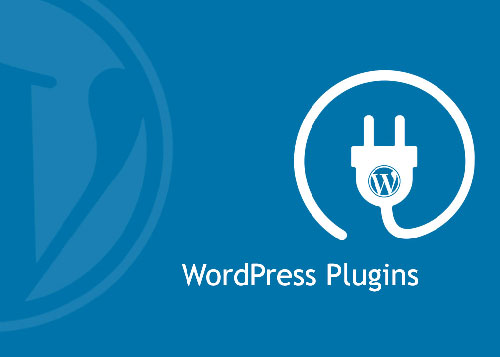Troubleshooting Website Migration Issues: DNS Propagation, File Transfer Errors, and Database Connectivity
Migrating a website to a new Shared host can be a complex process, often fraught with unexpected issues that can lead to downtime and frustration. This guide is tailored for experienced web professionals, including web developers, webmasters, and system administrators, and aims to provide solutions to common problems encountered during website migrations. We'll delve into troubleshooting techniques for DNS propagation delays, file transfer errors, and database connectivity issues.
DNS Propagation Delays
When you change your website's DNS (Domain Name System) settings to point to a new hosting server, it takes time for these changes to propagate across the internet. This period is called DNS propagation and can range from a few hours to 72 hours. During this time, some visitors might be directed to your old server while others reach the new one, leading to inconsistent behavior.
Troubleshooting Tips:
- Patience is Key: DNS propagation takes time, so it's crucial to be patient and wait for the changes to fully propagate.
- Check Propagation Status: Use online tools like dnschecker.org to monitor the propagation status from different global locations.
- Flush DNS Cache: Instruct your users to flush their local DNS cache to ensure they're fetching the latest DNS records. Provide instructions for different operating systems.
File Transfer Errors
Transferring website files to a new host can lead to errors if not executed correctly. These errors might involve incomplete file transfers, permission issues, or corrupted files, resulting in website malfunctions.
Troubleshooting Tips:
- Verify File Integrity: Use checksum tools (MD5, SHA) to compare the integrity of files on both the source and destination servers, ensuring accurate transfer.
- Check File Permissions: Set appropriate file permissions (using CHMOD) on the new server to allow web server access and script execution.
- Use Reliable Transfer Protocols: Opt for secure and reliable file transfer protocols like SFTP (SSH File Transfer Protocol) or FTP over TLS/SSL to prevent data corruption.
Database Connectivity Issues
Websites that rely on databases often face connectivity problems after migration. This might be due to incorrect database credentials, firewall restrictions, or differences in database versions between the old and new servers.
Troubleshooting Tips:
- Verify Database Credentials: Double-check the database name, username, password, and hostname in your website's configuration files to ensure they match the new server's settings.
- Check Firewall Rules: Configure the firewall on the new server to allow incoming connections to the database server from the appropriate IP addresses (web server or application server).
- Database Version Compatibility: Ensure compatibility between the database version used by your website and the version offered on the new server. Upgrade or migrate the database if necessary.
By addressing these common pain points, you can increase the likelihood of a seamless website migration, minimize downtime, and provide a smoother transition for your users.
















